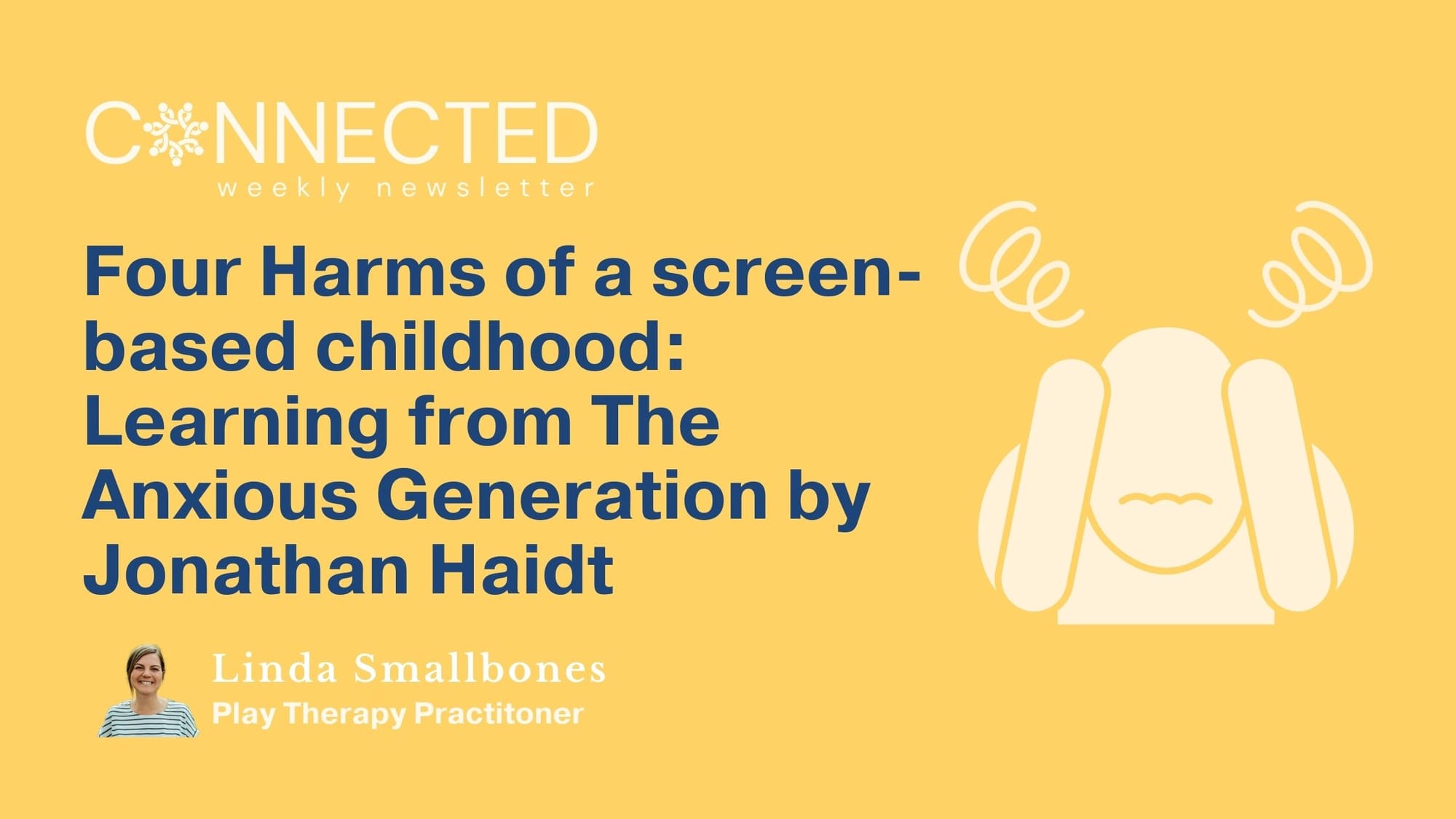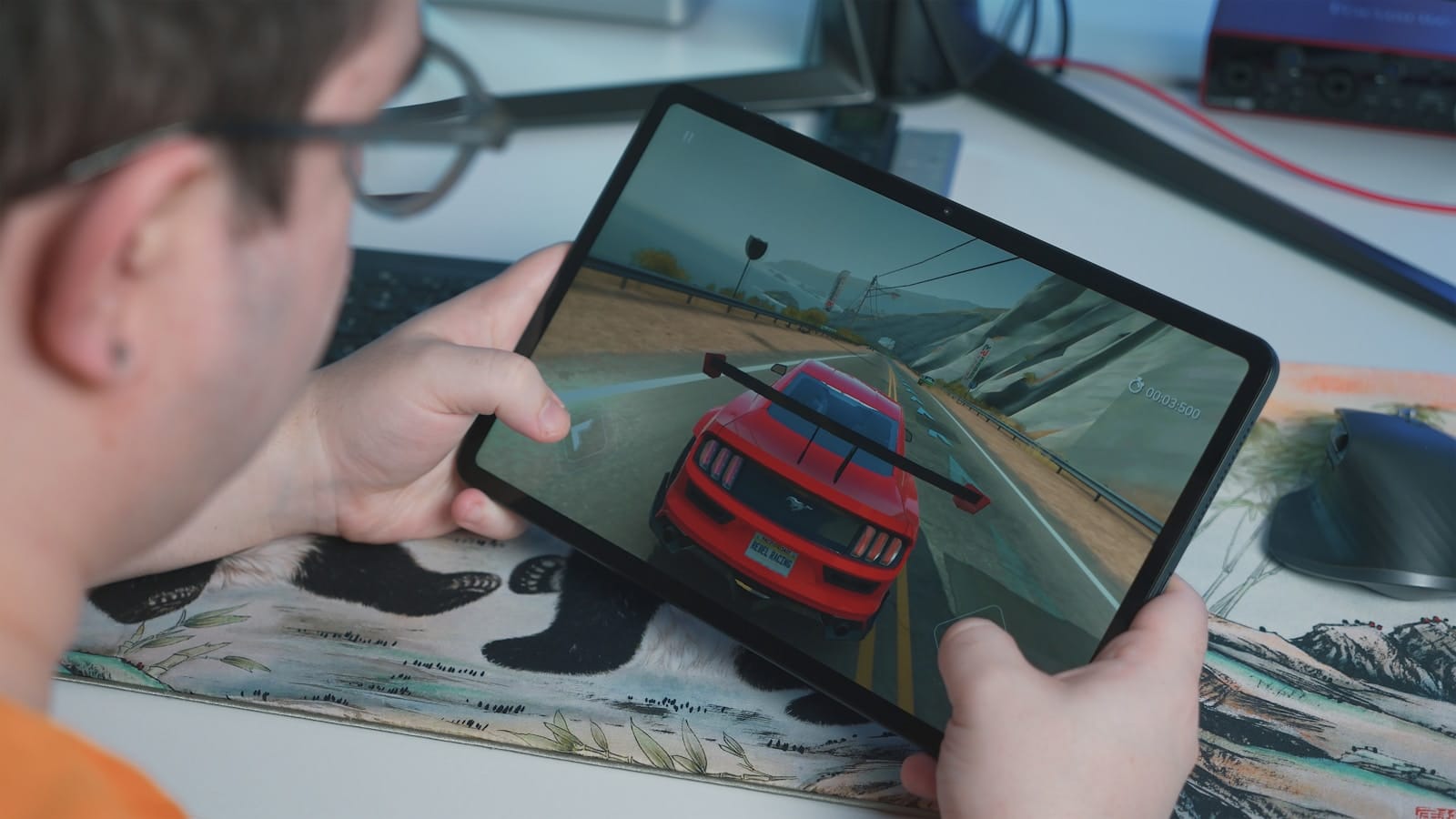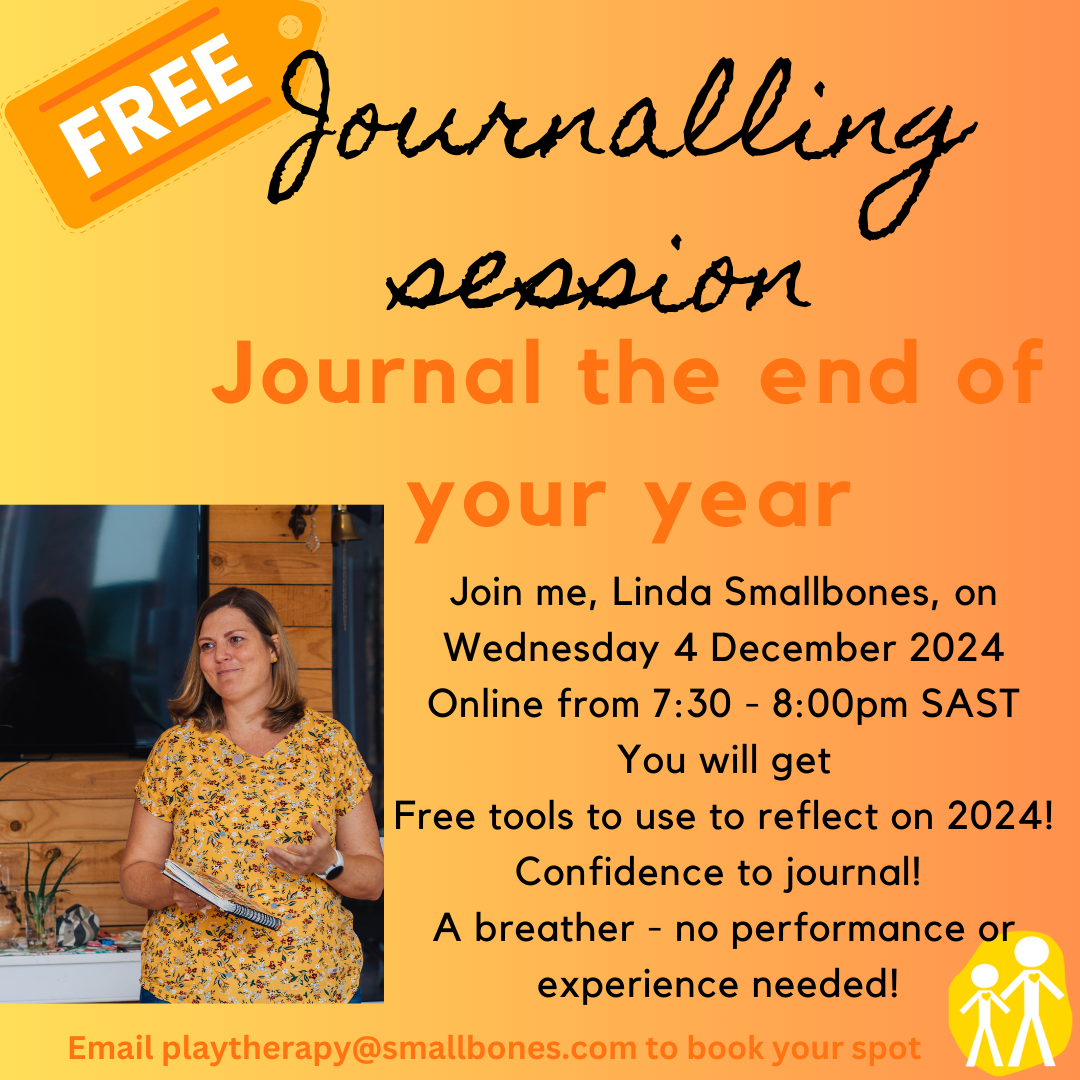Four Harms of a screen-based childhood: Learning from The Anxious Generation by Jonathan Haidt
Explore the four major harms of screen-based childhood—social deprivation, sleep deprivation, attention fragmentation, and addiction—and their impact.

As promised in my post a few weeks ago, I am unpacking some of my learning from reading The Anxious Generation by Jonathan Haidt. In chapter 5 of the book, he looks at four major harms caused by social media, online gaming, and increased screen-based childhood in general.
The four harms are social deprivation, sleep deprivation, attention fragmentation, and addiction. Haidt goes into a lot of detail about each harm in regards to research. I won’t regurgitate what he has said, but I will give a summary and some evidence. Do notice, as you read, this may apply to you too (as it most definitely does to me).
Social Deprivation
Children, including teenagers, need a lot of playtime daily for their healthy development. Play needs to be face-to-face, synchronous, and physical. This means they need to be with peers, in person, and use their bodies to interact with the environment and with one another. Think of your own childhood (Gen X and Millennial parents) where you walked or rode your bike to a friend’s house or met up somewhere and figured out together what you wanted to do with your time.
“The healthiest play is outdoors and includes occasional physical risk-taking and thrilling adventure.” — Haidt, 2024

It is worth repeating: teens still need to play. It may look different at 15 years old compared to 8 years old, but they still need play. The more time they have for face-to-face interactions with peers, without screens, the better. The presence of smartphones with notifications switched on interrupts social time and, in some cases, makes it impossible to be present.
If we think about this in an adult context, how many of us have been having “quality time” with a friend and been interrupted more than once by our own or our friend’s cell phone notifications? And not just more than once, but at least three times? And not just by the phone, but also by the smartwatch buzzing? As adults, we’re depriving ourselves socially when we allow these disturbances during our face-to-face social time. We need to retrain ourselves as much as we need to help our teens.
Sleep Deprivation
I wrote a blog a while ago about the WHO recommendations for sleep, play, and exercise. Time on screens cannot replace any of these elements that contribute to healthy growth and development.
There are many studies that show a causal link between sleep deprivation and the rise of the phone-based childhood.

When teens do not get enough sleep, they are not able to concentrate as well, their learning suffers, and they can be more anxious and irritable. Sounds like us adults too, no?! General guidelines are that tweens (9–12-year-olds) need at least 9 hours of sleep a night, and teens need at least 8 hours.
Jean Twenge is an American Professor who has produced prolific research in this area, and you can explore her work further if you’re interested.
Attention Fragmentation
“Attention is the choice we make to stay on one task, one line of thinking, one mental road, even as attractive off-ramps beckon. When we fail to make that choice and allow ourselves to be frequently side-tracked, we end up confused, dazed, scatterbrained… in other words, fragmented.” — Nicholas Carr, The Shallows, 2010
When I read this section, I felt convicted of falling 'victim' to this fragmentation trap. But the truth is, I am not a victim at all. I am someone who gets to make choices and is trying to make better choices to stay in focus where and when I need to be. Having a mindset that my attention is valuable and I can spend time thinking about what or who to give it to has been empowering.
But our teens aren’t there yet, and we need to help them start thinking about it. Haidt writes that adults have their attention quite easily hijacked, and teens even more so, as they do not yet have a fully developed pre-frontal cortex to help them stay on task.
“People can’t really multi-task; all we can do is shift attention back and forth between tasks while wasting a lot of it on each shift.” — Madore & Wagner, 2019

Teens raised with continuous access to smartphones during their developmentally sensitive age may find their ability to focus interfered with. Meaningful learning requires attention, one of our most precious commodities.
Addiction
Creators of social media and games have mastered how to use the brain’s pleasure chemical—dopamine—to get people hooked on what they offer. Dopamine is a reward that creates more wanting and doesn’t satisfy us.
Not everyone using social media or gaming is addicted, but the natural feedback loop of pleasure in our bodies is definitely being exploited.
We need to remember that the creators of games, apps, and social media DO NOT CARE ABOUT YOUR TEEN—or you. They care about making money, and that is their bottom line.

Haidt cites Anna Lembke, author of Dopamine Nation, who found that teens who are heavy digital users (gaming and social media) often state that nothing feels good anymore when they are not engaged in their preferred screen activities. Those withdrawing from all screen use often experience feelings of anxiety, irritability, insomnia, and unease.
Addiction to screens is real, for us and for our teens. For teens, the impact on the developing brain can be immense. Consult your doctor or a trusted health professional if you suspect your child might be addicted.
What do you think of these four harms? What other harms are you seeing in your children or those you work with?
I’d love to hear your thoughts!
Advanced Notice!

Let me know if this format works!